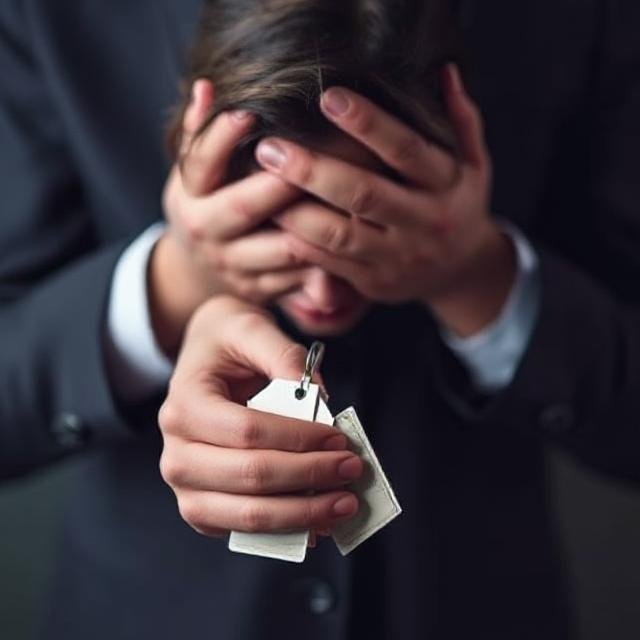Introduction
Many people associate theft with financial motives, but kleptomania is different. It’s a mental health condition involving repeated, uncontrollable urges to steal, creating significant distress and legal or personal consequences.
Although relatively rare—affecting around 0.3% to 0.6% of the population—kleptomania can be profoundly disruptive without treatment (Grant, 2020).
What Is Kleptomania?
Kleptomania is classified in the DSM-5-TR as an Impulse-Control Disorder, alongside conditions like pyromania and intermittent explosive disorder.
Key features include:
- Recurrent failure to resist stealing objects
- Items are often unnecessary for personal use or monetary value
- Tension builds before the theft
- Relief, pleasure, or gratification occurs during or after stealing
- Stealing is not committed out of anger or revenge
- The behavior causes significant distress or impairment
People with kleptomania often experience guilt, shame, and fear of legal consequences.
Symptoms of Kleptomania
Symptoms typically involve:
- Intense urges to steal objects
- Anxiety or tension before the theft
- Sense of relief or satisfaction after stealing
- Feeling remorseful, guilty, or depressed afterward
- Repetitive pattern of stealing over months or years
Unlike typical theft, items stolen are often of little value and may even be discarded, gifted, or hoarded rather than used.
Causes and Risk Factors
The exact cause of kleptomania is unknown, but contributing factors may include:
- Biological factors:
- Imbalances in brain chemicals like serotonin or dopamine
- Genetic predisposition:
- Family history of obsessive-compulsive disorders, substance use, or mood disorders
- Psychological triggers:
- Stressful life events, trauma, or emotional distress
- Co-occurring disorders:
- Depression, anxiety, eating disorders, substance misuse
Research suggests kleptomania may be linked to dopamine release, creating a cycle of reward and reinforcement (Grant, 2020).
Diagnosis of Kleptomania
Diagnosis is made through:
- Clinical interview and psychiatric evaluation
- Exclusion of other causes (e.g., ordinary theft, mania, antisocial behavior)
- DSM-5-TR criteria assessment
It’s critical to distinguish kleptomania from shoplifting driven by financial or criminal motives.
Treatment for Kleptomania
Kleptomania is treatable, though many people hesitate to seek help due to shame or legal fears.
Psychotherapy
Cognitive Behavioral Therapy (CBT) is the primary treatment:
- Identifies triggers and thought patterns
- Develops coping strategies
- Addresses guilt, shame, and anxiety
Other therapies like motivational interviewing or behavioral interventions can also help.
Medications
While no FDA-approved drugs exist specifically for kleptomania, some medications may be prescribed off-label, including:
- Selective serotonin reuptake inhibitors (SSRIs)
- Naltrexone (an opioid antagonist shown in some studies to reduce urges)
- Mood stabilizers or antipsychotics in certain cases
Support and Self-Help
Helpful strategies include:
- Avoiding high-risk situations (e.g., shopping alone)
- Joining support groups
- Developing stress-management techniques
Living with Kleptomania
Without treatment, kleptomania can lead to:
- Legal issues
- Relationship strain
- Financial problems
- Emotional distress and shame
However, with therapy and support, individuals can learn to manage urges and live fulfilling lives.













